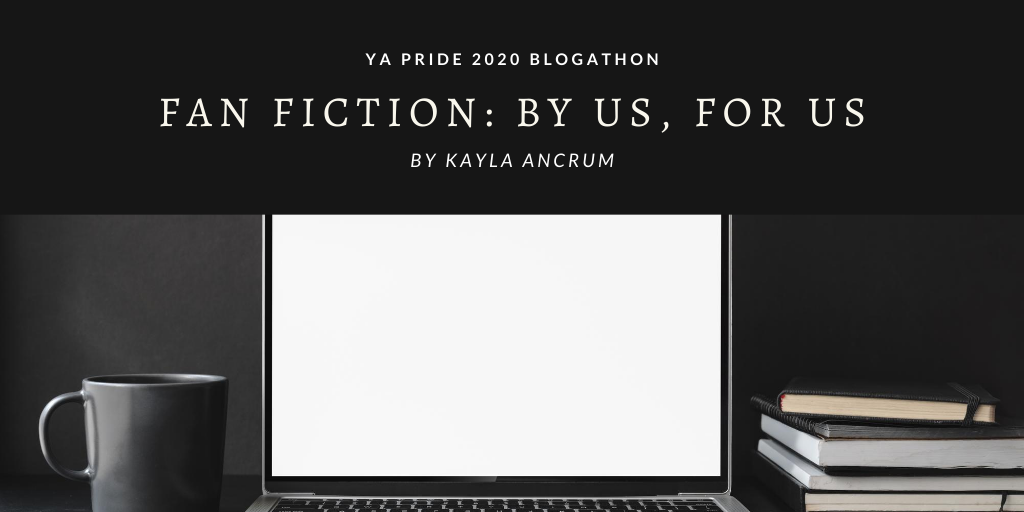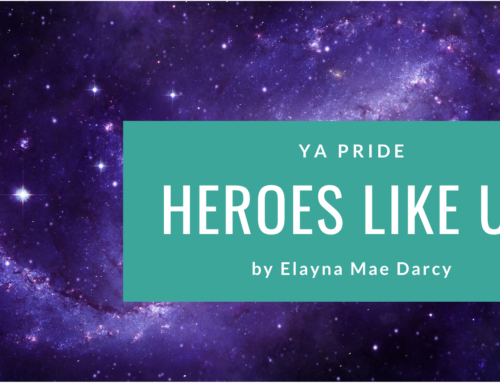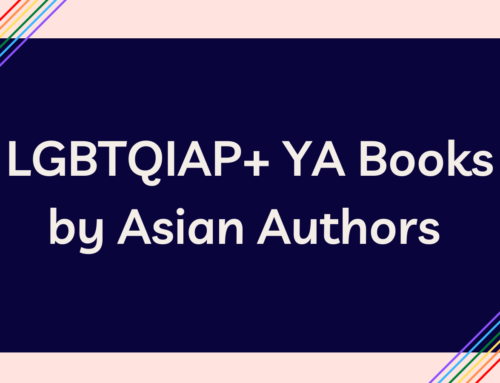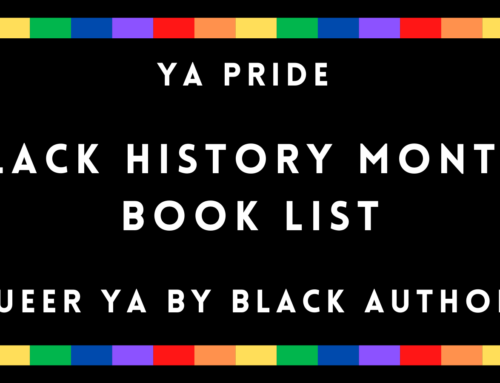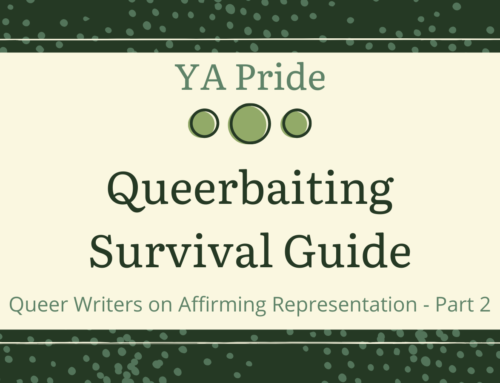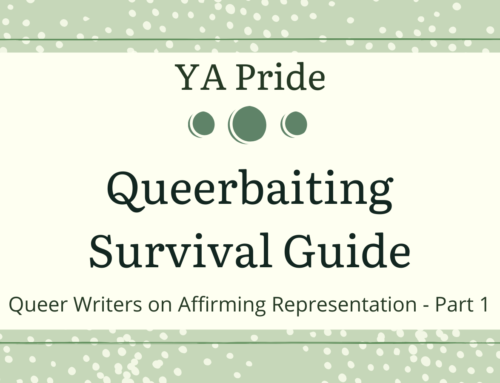by Kayla Ancrum
As the days blur together and book shipping times get longer, people are beginning to reinvest their time in fan fiction. The art form is hardly without prejudice. Even mentioning it here might elicit some wincing or an eye roll or two. Most of the serious fiction writers I’ve met view it with disdain: a 7/11 lunch of doritos, arizona tea and beef jerky to their white wine and salmon with a salad on the side. Several authors I know personally, who honed their skills in the fan fiction trenches, recall their time there with a blush and embarrassed chuckle. An artform mostly built brick by brick by women, people of color and the LGBTQIAP+ community and we… cringe at it. We drag out the gritty parts for national amusement every few months and have journalists that know very little about the history of certain tropes present it to their audiences unanalyzed. We dig up the awkwardness of someone just starting to explore the art of writing and we hold it up to the light for mockery. We take something made through for love, for free, and we wince at the lack of capital involved as a driving force in its creation. I’m hardly the first person to write about the importance and impact of fan fiction. Or to mention its very interesting marginalized writing demographic. But in this moment of increased consumption, I feel like it is important to reopen some discussions about it.
We are in an interesting age of resurgence of mass produced LGBTQIAP+ media. As you all know, progress isn’t linear and its a bit too early to boast that “Things have permanently changed”, but currently we’re doing a lot better than we were just ten years ago. It’s recent enough for me and many other LGBTQIAP+ YA authors to vividly remember the time before these changes. It has also existed briefly enough that we can dubiously envision a time in our future without it. The maintenance of a place where marginalized communities can create and share artwork is vital, and has always been a part of LGBTQIAP+ culture. Fan fiction, small indie publishers and self publishing communities have been supporting marginalized writing for almost a century and show very little sign of being eroded by the shifting tides of public moral opinion or whims of mass production. Fan fiction in particular, is the cheapest and lowest risk form of community building within this art form. It is not a mistake or coincidence that nearly all of the mainstream published authors who admit to their past participation in fan fiction culture are women, people of color and LGBTQIAP+ people. Groups that have been historically underserved by mainstream media. Fan fiction isn’t a stepping stone to “real writing” or a place where people write weird NSFW. It’s a hurricane shelter: A place we can play in on an average day, and the most important place for our survival when the weather begins to look dangerous.
It’s important to note several things about fan fiction: In spite of its association with NSFW content and uncomfortable NSFW tropes, every major fandom (from film franchises to major network TV, American cartoons to Anime, comic books and full length novels) produces rated T+ fanfiction at a rate of a minimum of 10 to 1 of the production of explicit content. Meaning, the majority of fan fiction is “General” fan fiction without any NSFW content. It kind of makes you wonder a bit why content created by largely marginalized communities is associated with hypersexuality. The second largest outsider prejudice regarding fan fiction is the quality. A majority of the time when fan fiction is undergoing major public scrutiny, the samples picked are chosen from novice writers for the purpose of ridicule. However, all major hosting sites allow basic filtration and rearrangement of works by “kudos” or “comments”. Meaning: fan fiction is one of the only places in which media quality ranking is governed by popularity in an environment without marketing. So, in comparison with mass media (which can elevate product by pure marketing exposure, while some higher quality product languishes for lack of marketing budget) fan fiction can be filtered such that only stories that the target community actually values rise to the top. Which not only makes it easier for talented marginalized writers to get their work in front of other marginalized readers who are hungry for representation. But also creates an environment where marginalized writers, who are only beginning to hone their skills, can track their skill progress in an environment where failure only means low reader-count. Not lost money and fumbled professional opportunities. Which for marginalized people, are often singular or rare.
Another feature that fanfiction archive, ArchiveofourOwn, has that is particularly important is the ability to filter for certain terms. In our world where marginalization intersects, having the ability to find content that includes multiple marginalizations is a revelation that is deeply underappreciated. Being able to find content that centers extremely underserved but common marginalizations such as chronic illness, in a story with LGBTQIAP+ characters, while also being able to remove triggers that make you uncomfortable such as homophobia, coming out, or unrequited love is a revelation. In an environment where mass marketed content is barely scratching the surface of acceptable portrayals of certain topics, having the ability to access content like this easily and for free—created by us and for us–is also a revelation. Now, fan fiction isn’t created in a void. It’s not created without prejudices, or even without demographic slant such as severe preference for M/M content, and content without POC. However, the ability for marginalized people to find content that caters directly to their needs is readily available here in a way that is far beyond any other archive of media that currently exists. So even though the content we create is still subject to our own social prejudices, there is simultaneously more content about marginalized people, and it is easier for marginalized people to find that content. While ALSO protecting themselves from traumatic themes if necessary.
I was asked to write a guest blog post here to share a moment of “Bookish Joy” about books connecting people across space and time. I chose to write about fan fiction because it provides for us when no one else would. It exists beyond the grasp of gatekeepers, persists in spite of mockery and grows in spite of lack of capital. It’s a connection directly between people with nothing in between them but the love of stories. It is a form of art that feels both public and private, a community engaging with shared interest through mutual creation. Fan fiction is not a book, but it doesn’t have to be. It’s a hurricane shelter, and I’m grateful that it’s here.
—
 K. Ancrum, is the author of the award winning thriller THE WICKER KING, the brilliant lesbian romance THE WEIGHT OF THE STARS and the upcoming Peter Pan thriller DARLING. K. is a Chicago native passionate about diveristy and representation in young adult fiction. She currently writes most of her work in the lush gardens of the Chicago Art Institute.
K. Ancrum, is the author of the award winning thriller THE WICKER KING, the brilliant lesbian romance THE WEIGHT OF THE STARS and the upcoming Peter Pan thriller DARLING. K. is a Chicago native passionate about diveristy and representation in young adult fiction. She currently writes most of her work in the lush gardens of the Chicago Art Institute.
If you are new to fan fiction and want to check some out, I would suggest looking for larger mass media you’ve enjoyed consuming on https://archiveofourown.org/media .
On the grey sidebar on the left where it says Sort and Filter: They provide filters for you for works to “include” and works to “Exclude”. After a while you’ll get better and knowing how to work the filter to truly only get the sort of stories you want. But if you’re just starting out, I would do:
Sort by: Kudos ( kudos= likes , comments = stories with people talking below them, which is a slightly less accurate arrangement of quality)
Include
- Ratings: Teen and Up
- Relationship: You can leave this blank or click the relationship you would be more interested in seeing.
Exclude:
- Characters: any character you dislike, click their name
- Relationships: Any relationship you do NOT want to see, click their names.
More Options
- Crossovers: Exclude Crossovers
- Completion Status: Complete
- Wordcount: if you’re only looking for shorter stories or longer stories, here is where you would restrict that.
- Language: Most of the stories are in English, but there are also a lot of Chinese, Spanish and French. You can also leave this blank.
